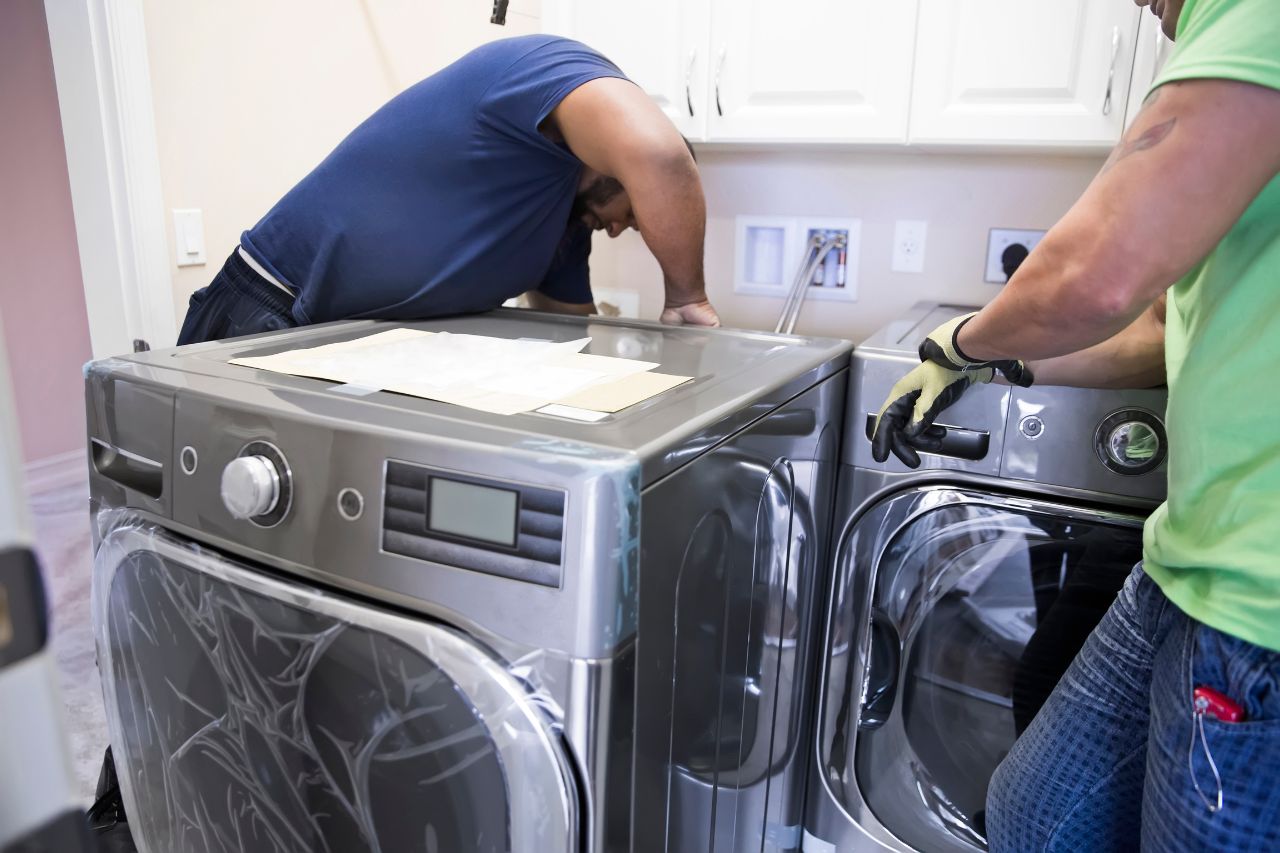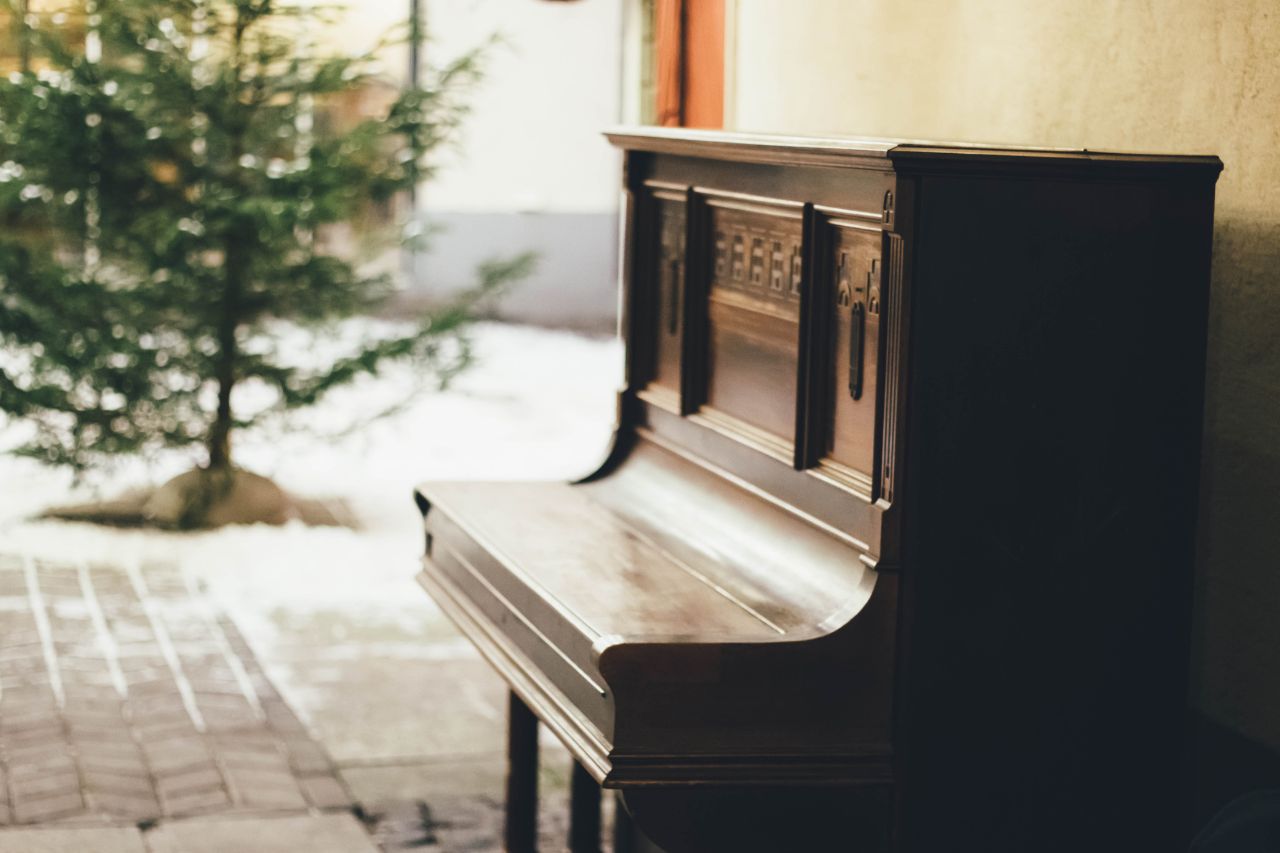How to Pack Books for Moving: Pro Tips from Montford Movers

Whether you’re a book lover with shelves to spare or just want to keep your favorite reads safe during a move in Bluffton, SC, smart book packing makes all the difference. Montford Movers shares a comprehensive guide so your library arrives intact, organized, and ready for the next chapter.
Sorting Your Collection First
Before packing, sort your books. Decide which to keep, donate, or sell. Moving is a unique opportunity to minimize your collection and lighten your load. Less is always better since books are deceptively heavy, lowering risks of box breakage and making transport easier.
Gathering the Right Packing Supplies
- Use small, sturdy boxes (preferably designed for books) to avoid overly heavy containers.
- Secure packing tape, acid-free paper (for rare or old books), bubble wrap for collectibles, packing paper or newspaper for space-filling, and a marker for labels.
- Rolling suitcases are also a practical option for packing books—they’re easy to move and won’t strain your back.
Packing Books Strategically
- Pack hardcover books upright, as they would sit on a shelf, with spines facing the box sides.
- For paperbacks, lay them flat and align spines for stability.
- Oversized books (coffee table, photo albums) should be packed flat, with heavier ones at the bottom.
- Never pack spines down or up to prevent warping and damage.
- Use packing paper or bubble wrap to fill gaps so books won’t shift during transit.
Filling Boxes the Smart Way
- Place heavier books at the bottom.
- Fill spaces with soft padding—crumpled paper or small towels—to avoid movement.
- Keep the weight of each box to about 30–40 pounds for safe lifting.
- Leave some space at the top and secure with loose filler to protect the top layer.
Wrapping and Special Care for Valuables
- For rare or antique books, wrap each one in acid-free paper and, if needed, bubble wrap.
- Make sure books do not touch each other directly if they’re valuable—use individual wrapping.
- Seal boxes tightly with reinforced tape and label as “fragile” if needed.
Weather and Moisture Precautions
- Avoid packing books in rainy or wet weather.
- For plastic bins, always place a cloth or paper barrier between books and the sides to prevent condensation.
- If in doubt, include silica gel packs for extra protection against humidity—especially important in Bluffton’s climate.
Creative Packing Options
- Use rolling luggage for books—it distributes weight well and wheels offer easy transport.
- Grocery bags, reusable totes, or fabric bins work for short moves, but only pack small quantities to avoid tearing or strain.
Final Step: Label and Organize for Unpacking
Clearly label each box with its contents and intended room in your new home. Mark boxes clearly if they contain specific genres or “first-day” reads. Keep inventory for easy unpacking. Donate books you don’t need to local Bluffton libraries or charities—Montford Movers supports giving back whenever possible.
Packing Books Checklist
- Sort, donate, and minimize your collection
- Gather small, sturdy boxes or rolling luggage
- Get acid-free paper, bubble wrap, packing tape, markers
- Pack hardcovers upright and paperbacks flat
- Fill gaps with padding; don’t overpack boxes
- Limit weight per box for easy lifting
- Take extra care with rare books (wrap individually)
- Protect against weather and humidity
- Label boxes by contents and destination room
- Maintain a packing list for quick setup
FAQs: How to Pack Books for Moving
What’s the safest way to pack rare or valuable books for a move?
For rare or antique books, use acid-free tissue or packing paper to individually wrap each volume, protecting covers and pages from scratches and moisture. Add an extra layer of bubble wrap for particularly fragile editions. Pack these books upright or flat in small, sturdy boxes, and cushion any spaces with soft filler. Label the boxes as fragile, and keep them separate from general packing to prevent accidental damage. Climate-controlled transport or storage is advised for especially valuable pieces, reducing risks of warping or mildew.
Can I use suitcases or bins instead of boxes for books?
Yes—rolling suitcases are excellent for moving books, distributing weight more evenly and preventing back strain. Plastic bins can work as well, but it’s important to add cloth or packing paper between books and bin sides to reduce condensation. Smaller grocery units or fabric totes work for light loads. Always make sure the weight is manageable and don’t overfill. Label every container for easy unpacking in your new space.
Why shouldn’t books be packed spine-up or spine-down?
Packing books spine-up or spine-down places unnatural stress on the bindings, causing them to warp, loosen, or tear during transit. Always pack books upright (as on a shelf) or flat, as this supports the weight evenly and keeps the collection protected. Fill gaps snugly, but never so tight that books press against each other, which can also cause lasting damage to covers and pages.
%20(1).avif)
.avif)

.png)
%20(1).avif)








